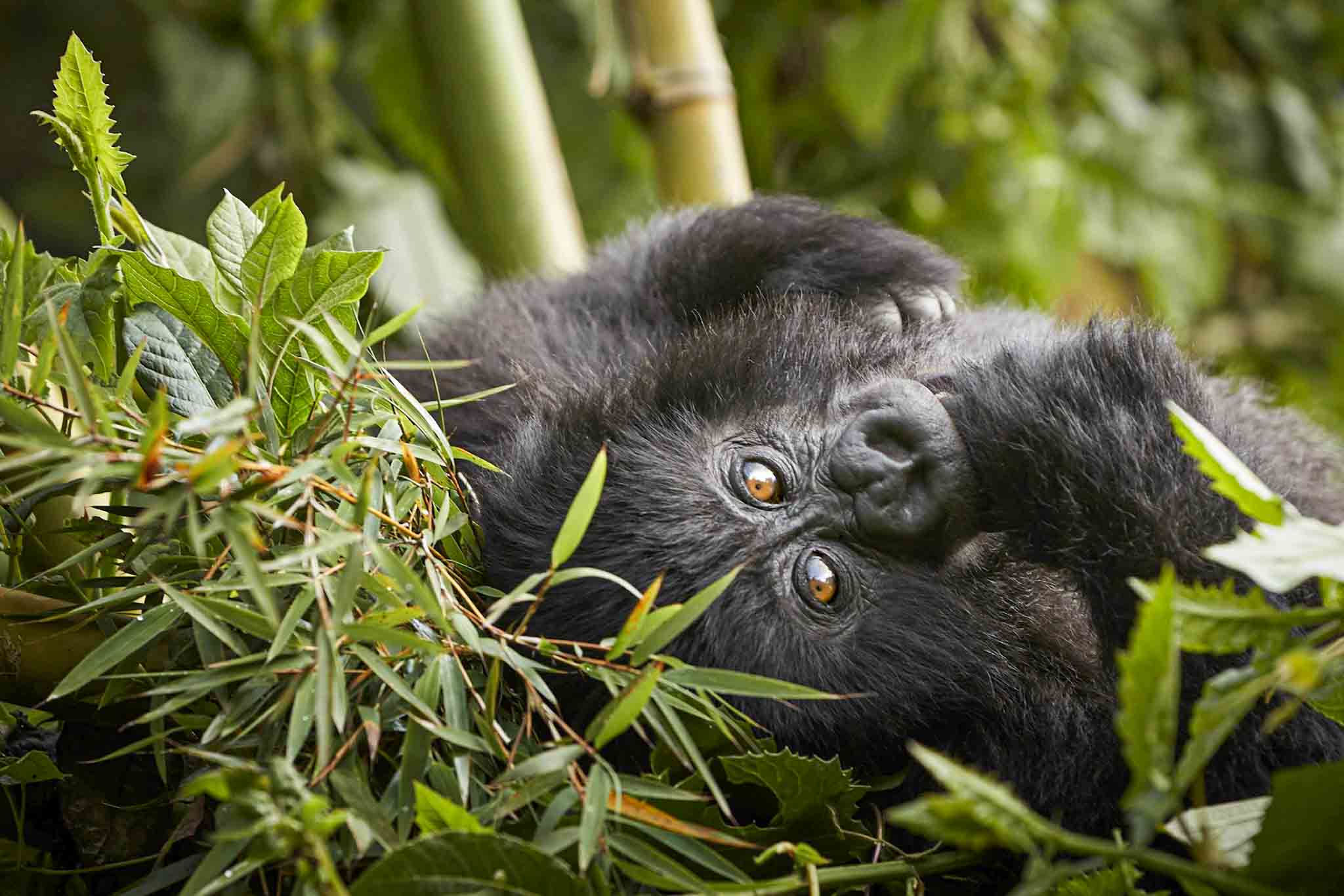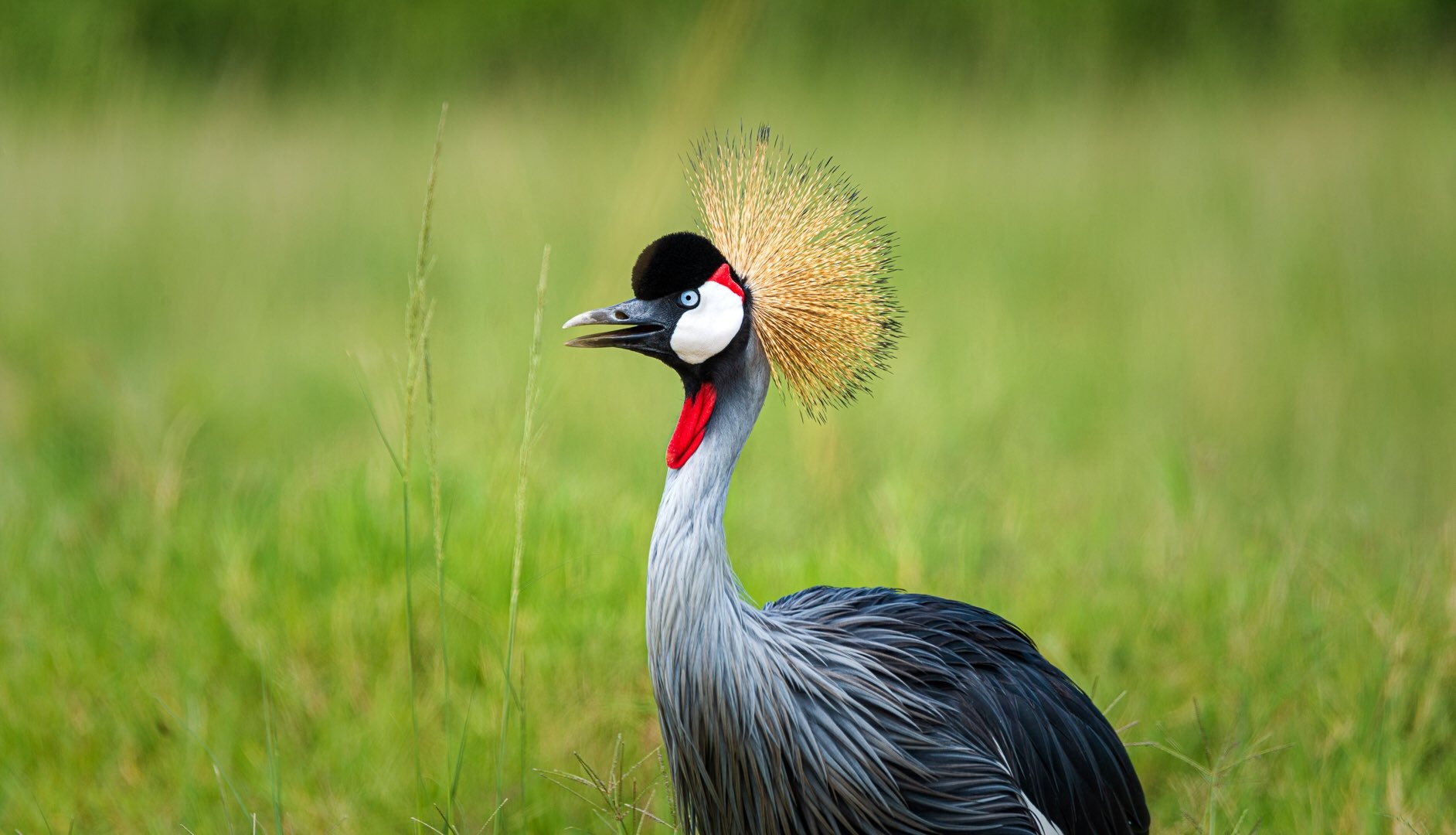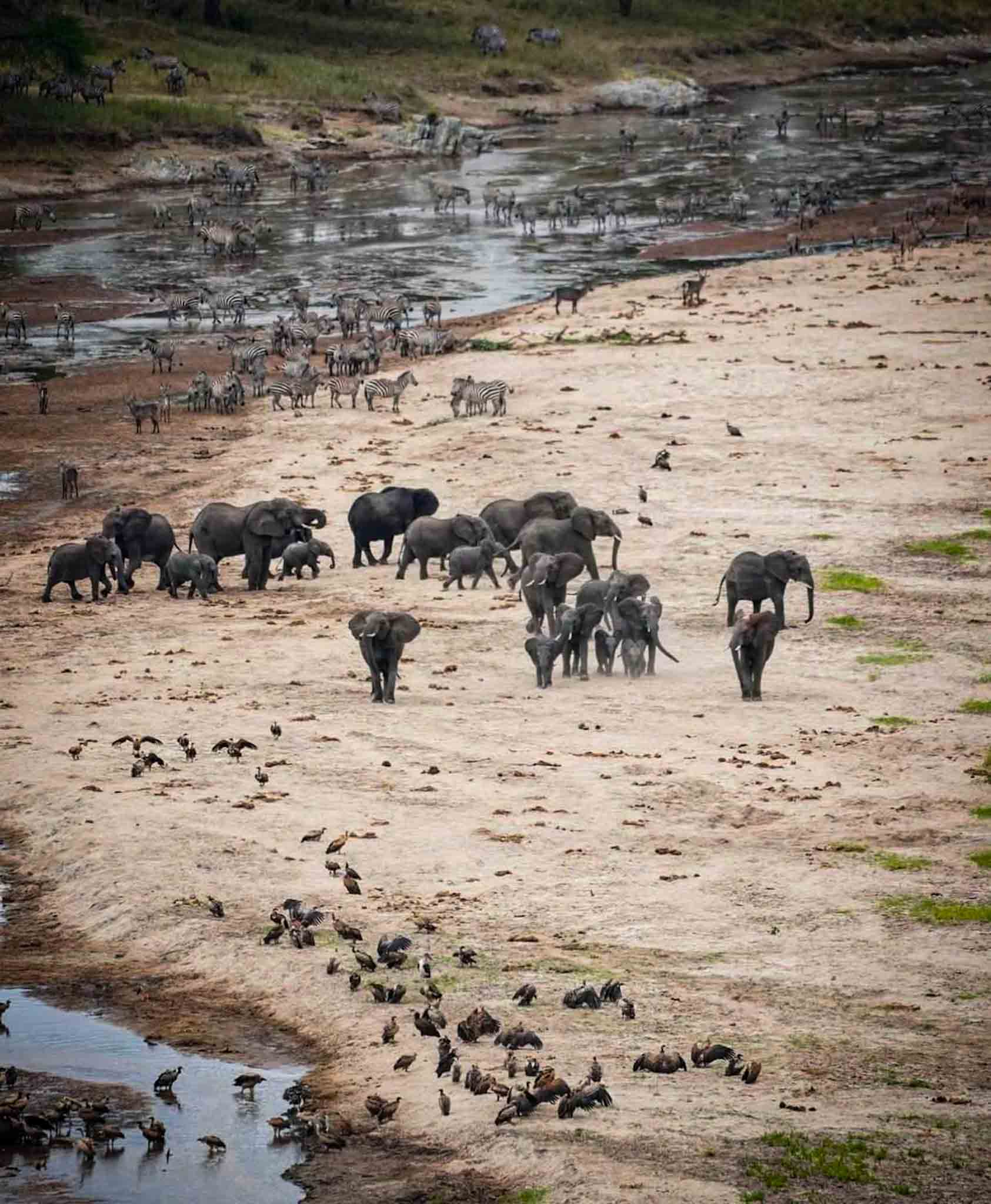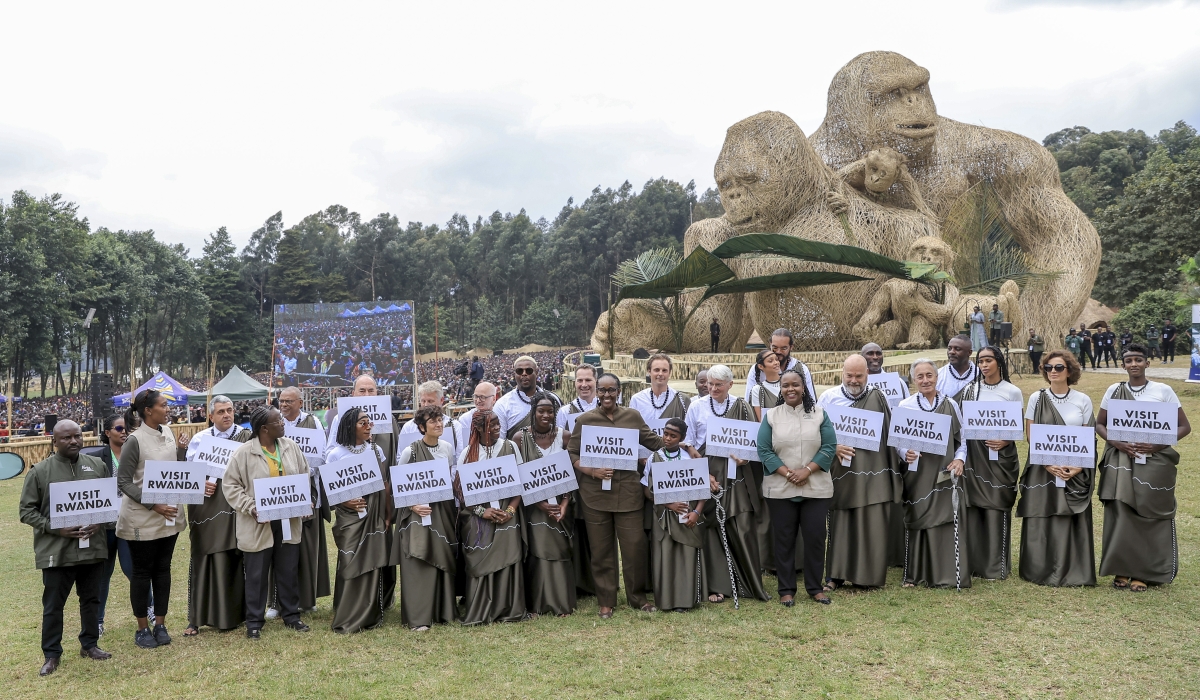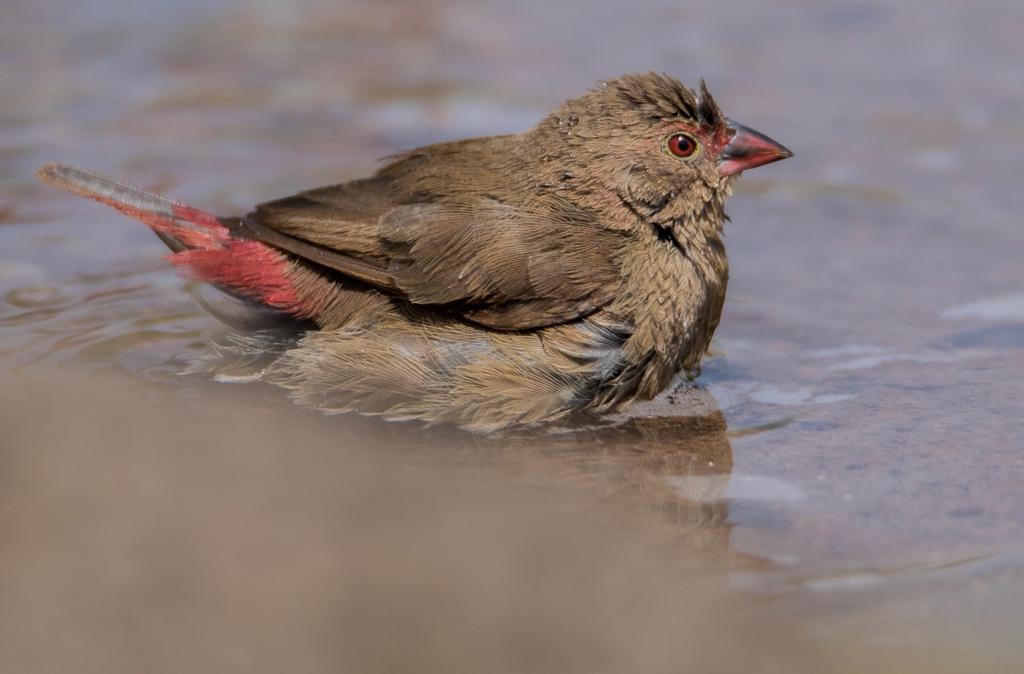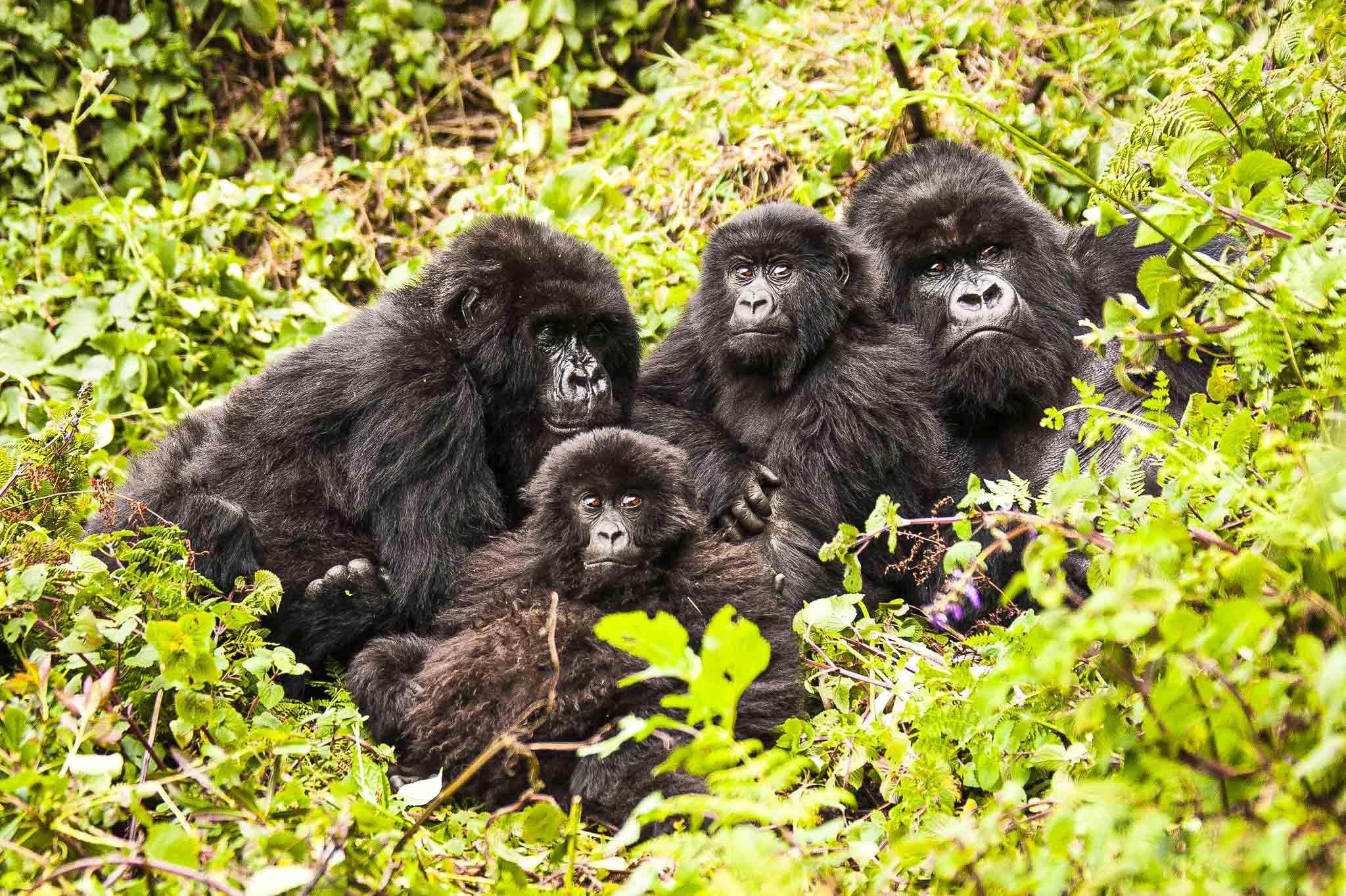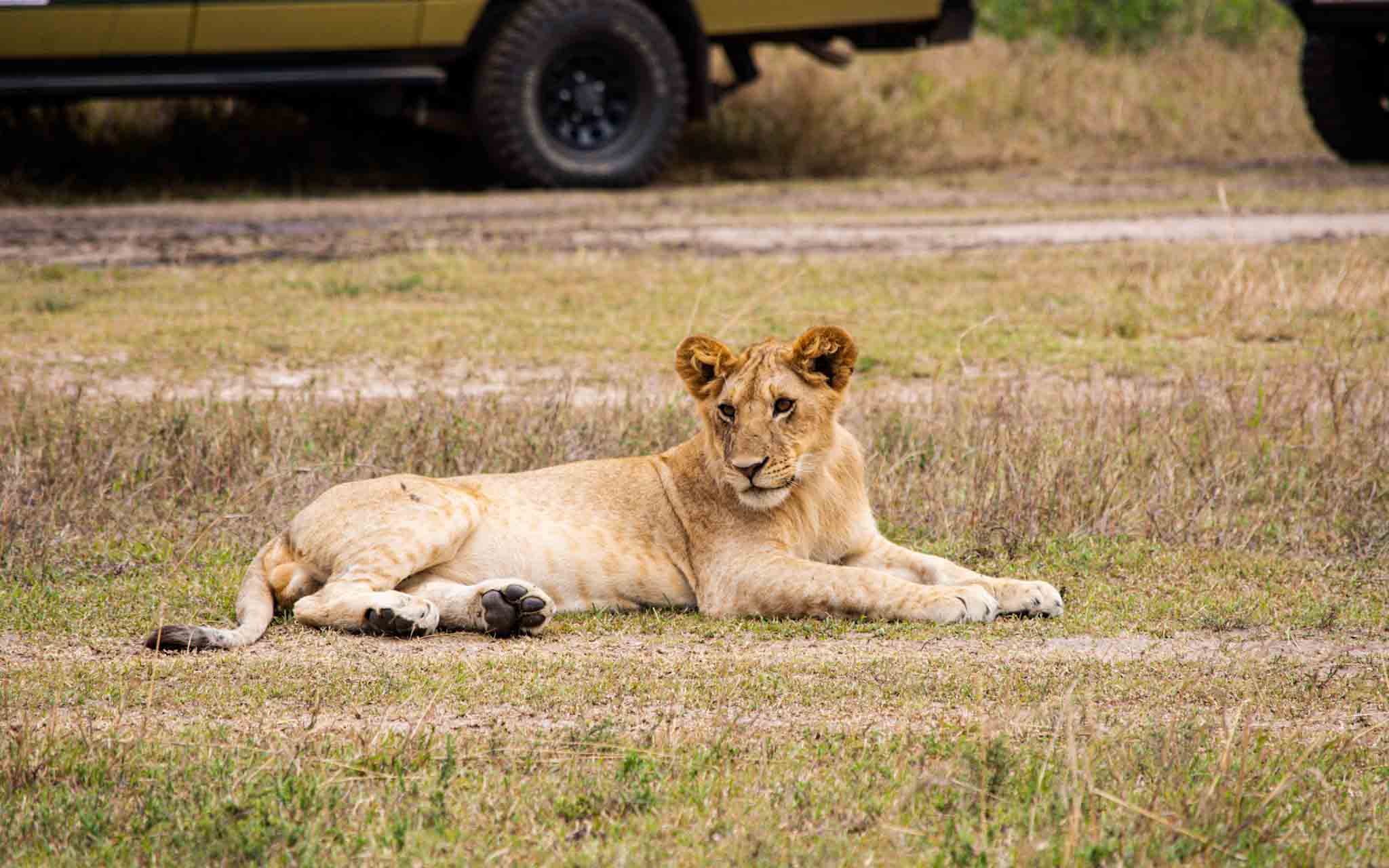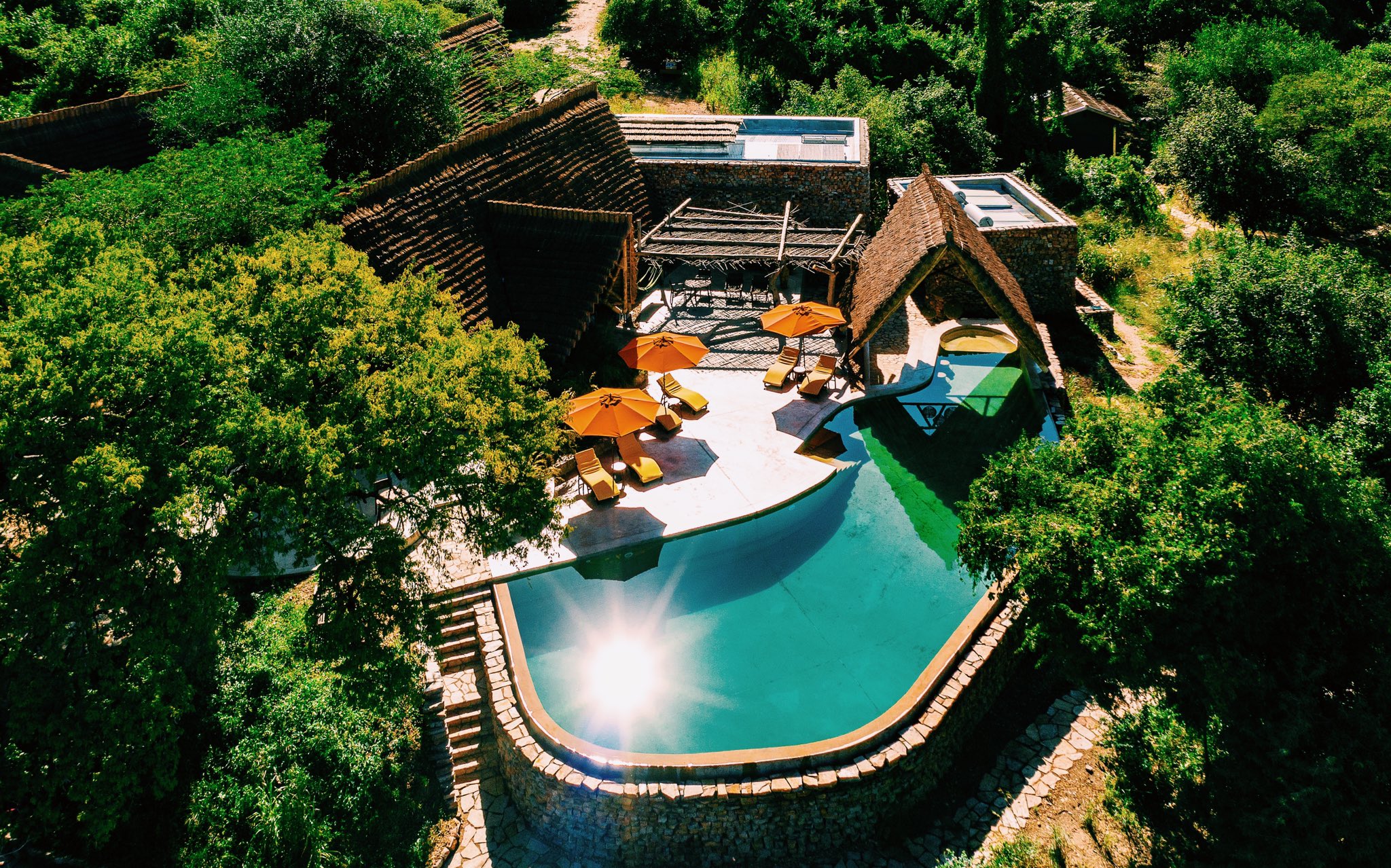What happens during the dry season from June to October?
In the dry months, the sporadic travelers disperse across the 20,000 km2 (12,500 square miles) range until they run out of green fields before returning to the stream. In any case, a large number of elephants can be seen in both the dry and dry seasons. The wetlands, which remain green all year, are home to about 550 bird species, making it the most reproducing habitat on the planet. The Kori bustard, the heaviest flying bird, ground hornbills, and ostriches, the world’s largest birds, may be seen emerging from the moist ground.
During this season, the greater part of the Tarangire environment is exceptionally dry and there is no water, so from the encompassing regions, countless animals move into the recreation area to quench their thirst at a couple of residual water sources around the Tarangire Stream. The vegetation disperses and the animals assemble around water focuses like streams and water openings. In this way, natural life is made more straightforward to see. The weather conditions are extremely lovely and radiant during these months. It is nonetheless vital to take note that there are an incredible number of wildlife animals toward the start or end of the dry season, and this contrasts extraordinarily. Assuming it works out and the wet season stops late, it is conceivable that the vast majority of the creatures will not have moved to the recreation area by June. Furthermore, if the short rains come early, it may be the case that the animals begin to leave by October.
During the dry season, the animal creatures accumulate around the Tarangire River in enormous groups, offering simpler open doors for game review. Moreover, since the vegetation is, for the most part, dry and slender because of the absence of downpours, vacationers will want to detect the different untamed life without any problem. What’s more, the malaria sickness causing female anopheles mosquitoes are fewer, so the gamble of contracting jungle fever is additionally much lower. Yet, in any case, you are encouraged to constantly rest under a mosquito net, particularly on the off chance that you are going to set up camp. This is peak travel season, and a Tarangire National Park Safari, like all tourist destinations in the country, is viewed as more expensive, with more popularity in the convenience offices. It is exceptionally fundamental to have comfortable garments while continuing early morning game drives, beginning from the period of June to August since it is freezing in the early mornings. The days are, for the most part, quiet with clear skies with normal daytime temperatures of 26°C (79°F), while the night temperatures typically decrease, cooling the day’s intensity to a normal of 14°C (57°F).
What happens during the wet season—from November to May?
This season happens from the period of November to May every year with typical day temperatures of 28°C (82°F), while around evening time the typical temperatures are 16°C (61°F). During this time, the vegetation is dazzling and sufficient. The rates and costs might be a lot lower since this is the low season. The wet season is also an ideal time for bird watching since the transitory birds are available then. The wet season is comprised of long rains that start in March to May and, afterward, the short rains that come in November and December. The downpours typically fall in the evenings, and they barely endure the whole day. The temperatures don’t change a lot throughout the year and it doesn’t generally get excessively blistering, albeit the nights and mornings will quite often get excessively cold. The Tarangire weather conditions are calm and agreeable. Showers ordinarily occur in the early evening. After the short rains, a drought will happen nonetheless. Its start was truly erratic for many years.
Tarangire National Park is getting some rain at this time of year. This does not, however, imply that it will rain all day. Rain usually falls early in the morning, giving you time to enjoy the many safari activities in the afternoon. After the rain has stopped and the sky is clear with the wonderful African sun, you will have the best photographic opportunity because the atmosphere is generally quite clear with a thriving green backdrop for your shots.



